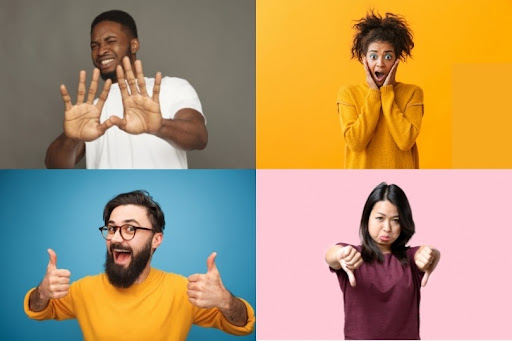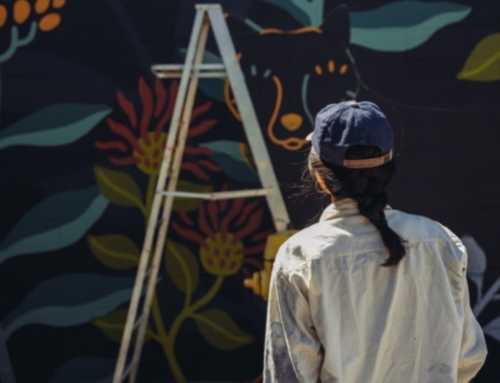“One man’s trash is another man’s treasure,” they say. This phrase applies to so many aspects of life, including (if not especially) art and creativity.
Depending on our lifestyle preferences and cultural experiences, humans tend to have a subjective experience of web design. This has brought up the question of what could be the link between design and human psychology? And why do people experience web design differently?
Why is web design so important?
It’s not difficult these days to find a good-looking theme for your website on sites like Shopify and Squarespace. But is “good-looking” enough? The art of great web design is, these days, undervalued and underappreciated. There are many more factors relevant to good web design.
If you have the capital, custom web design is still a valuable and important investment.
- It aids search engine optimization (SEO) strategy
- It sets the first impression on your audience
- It builds trust with the audience
- It creates consistency
Did you know that when you experience web design elements and practices on your website, it can influence how you publish content? This can also affect how search engines index your website.
First impressions last forever! An unappealing website is all it takes to put off a customer for a lifetime. You can’t afford substandard web design or a web design that is obviously a carbon copy of multiple websites.
You need to look like the professional outfit that you are from the off.
This brings us to our next point…
Would you willingly hand over your bank details on a website that looks like it was built in minutes?
A well-designed website projects quality and the audience unconsciously associate that with your service as well.
When your web design, logo, and brand message are consistent with your other marketing mediums, your brand becomes more easily recognizable by the audience.
Why do people experience web design so differently?
The appreciation of beauty and inspiration is not enough to create a proficient design. Psychology also plays a big part in web design. Emotional responses are considered the keystone of experiencing art.
Understanding the relationship between psychology and design can help you target the right kind of audience for your business.
Great web design can also subtly direct users on a journey through to purchase.
Principles of psychology in design that make people experience web design differently include:
Gestalt or unified whole principles
This principle explores how users’ visual perceptions of elements relate to each other. It also shows how people unify visual elements into groups. These groups include:
- Similarity
- Continuation
- Closure
- Proximity
Similarity gives users the perception of unity between design elements. The similarity between elements is often defined with color, size, shape, texture, or value. When a user sees a similar object, they automatically take them in as the individual elements of one group.
Great design aids the human eye’s natural movement across objects. One example of the use of continuation in design is the curved line, allowing the eye to flow comfortably while viewing content.
The closure comes about when an object is incomplete but the user experiences it as a full shape.
In proximity, the eye perceives an object as a group (even if they aren’t similar) rather than seeing it as an individual.
With these principles in mind, you can create a harmonic website, an edgy website, an emotional website, or a rational and logical website to appeal to your target audience.
The key to designing the right website for your audience is understanding who they are, their likes and preferences, in order to cater directly to them.
Get in touch with us to discover what you need to change on your website to connect better with your audience.





